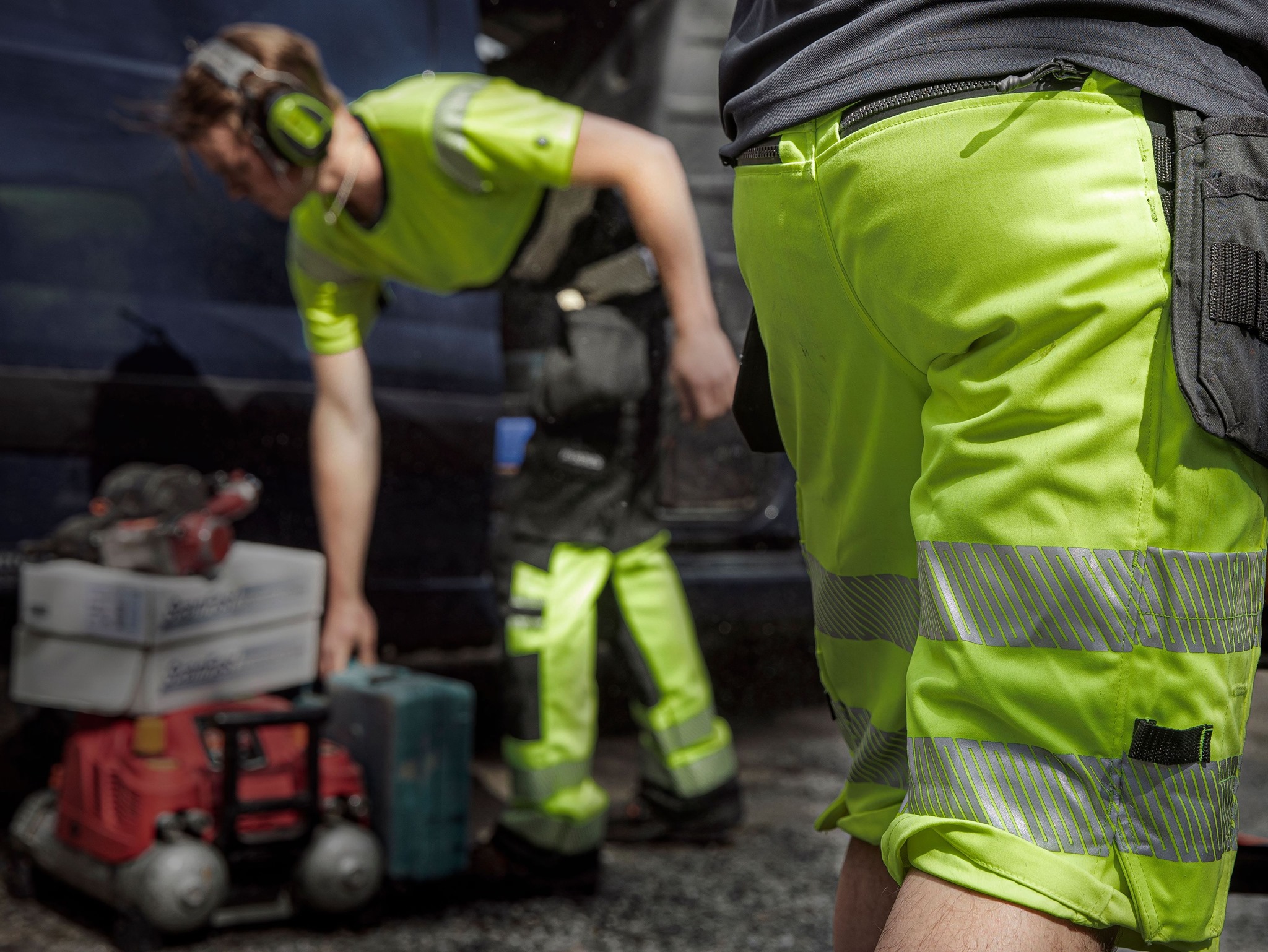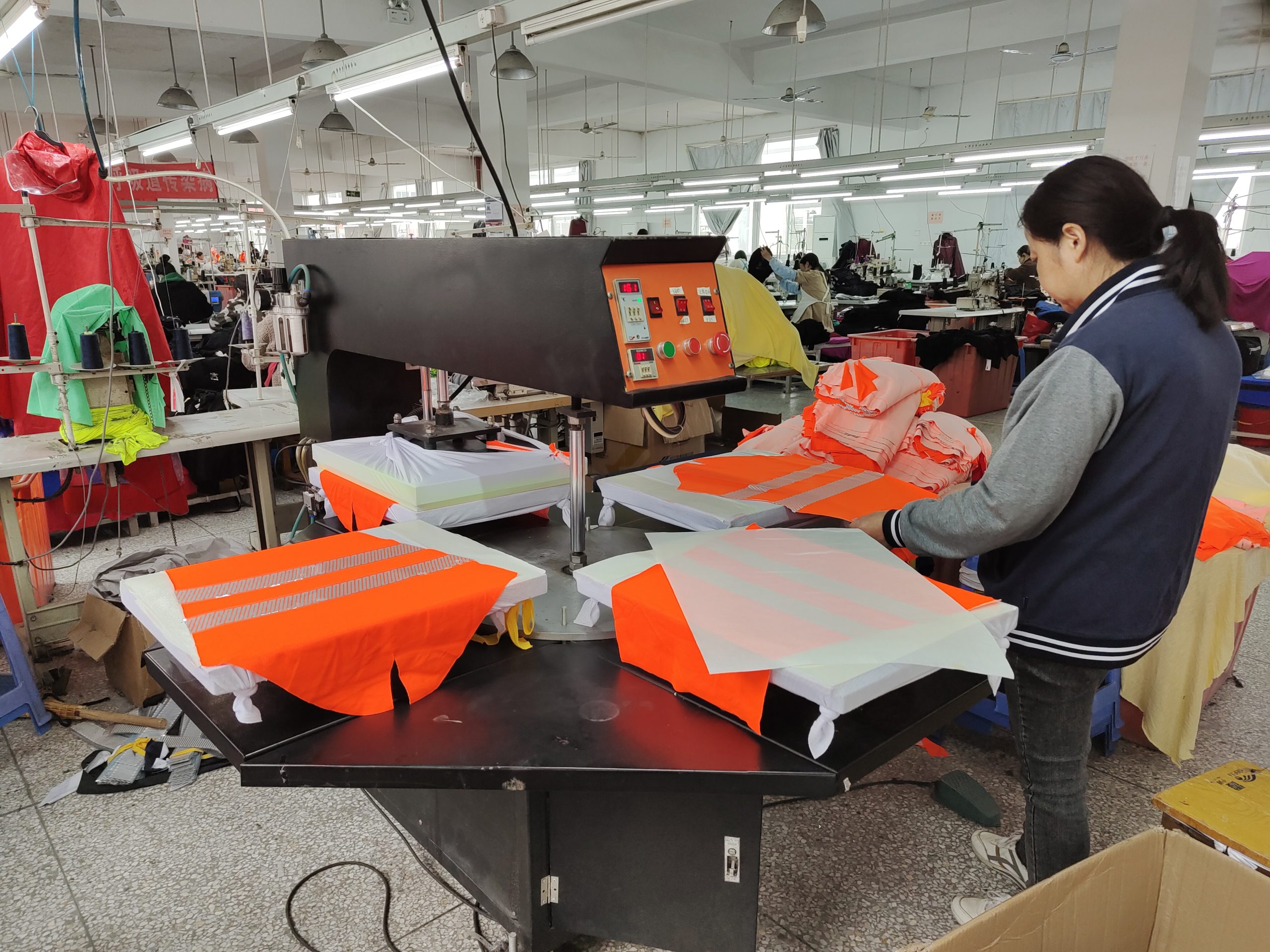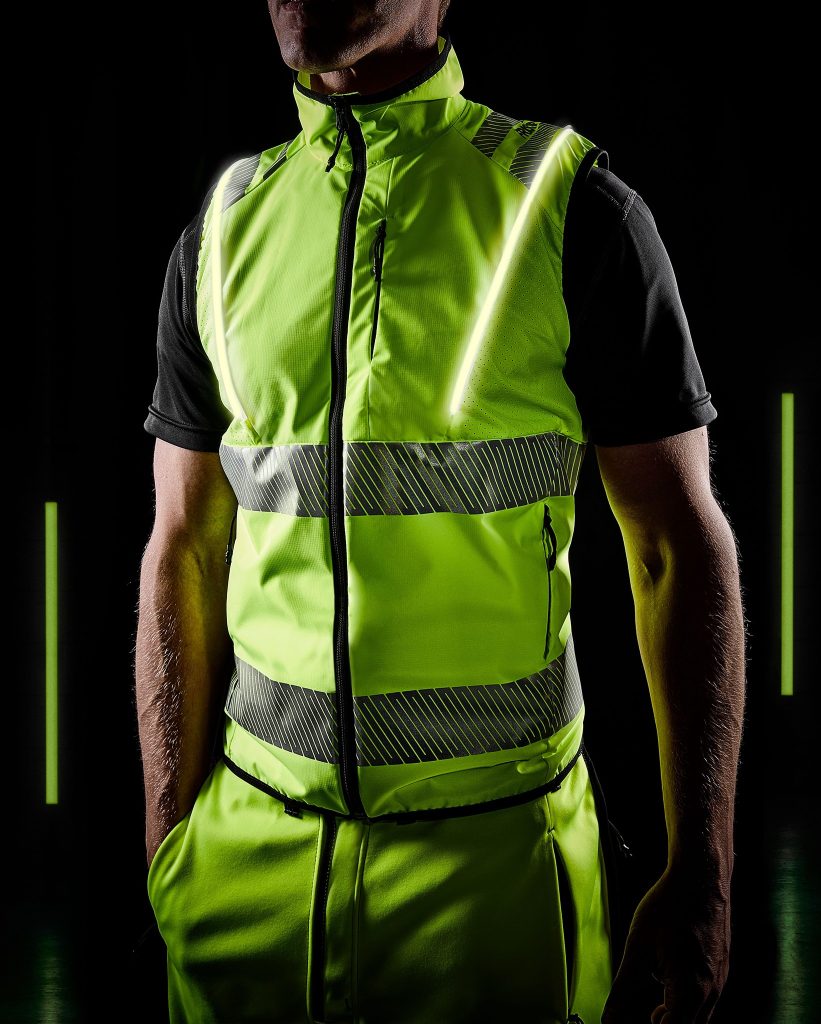

If you work in an industrial field, chances are you don’t think twice about how your personal protective equipment functions. These items prevent injuries to thousands of workers annually, so it’s essential to understand why they’re so effective. Specifically, how does reflective high-visibility clothing work?
Retroreflective Material
The most notable aspect of hi-vis clothing that makes it “glow” is the inclusion of retroreflective material. Commonly known as reflective stripes, retroreflective fabrics bounce light back to its source.
It does this thanks to tiny glass beads and sometimes aluminum – it’s like having a mirror on your shirt! This is highly effective for roadside construction, as drivers will get a direct view of the wearer. Plus, retroreflective fabrics still shine in overcast weather conditions because the glass beads are incredibly light-sensitive.
Fluorescent Complements
Reflective high-visibility clothing isn’t just made with retroreflective fabrics. Most of the material used in safety garments is fluorescent! But how exactly does fluorescent differ from reflective?
That orange/yellow/green fabric contains special pigments that can absorb ultraviolet lights that are invisible to the human eye. Then, those same pigments release the UV rays but with greater visibility. Unlike retroreflection, fluorescent fabrics are bright during the day and stick out from the surrounding scenery. That’s why both materials are used in tandem to create an always-visible garment.
